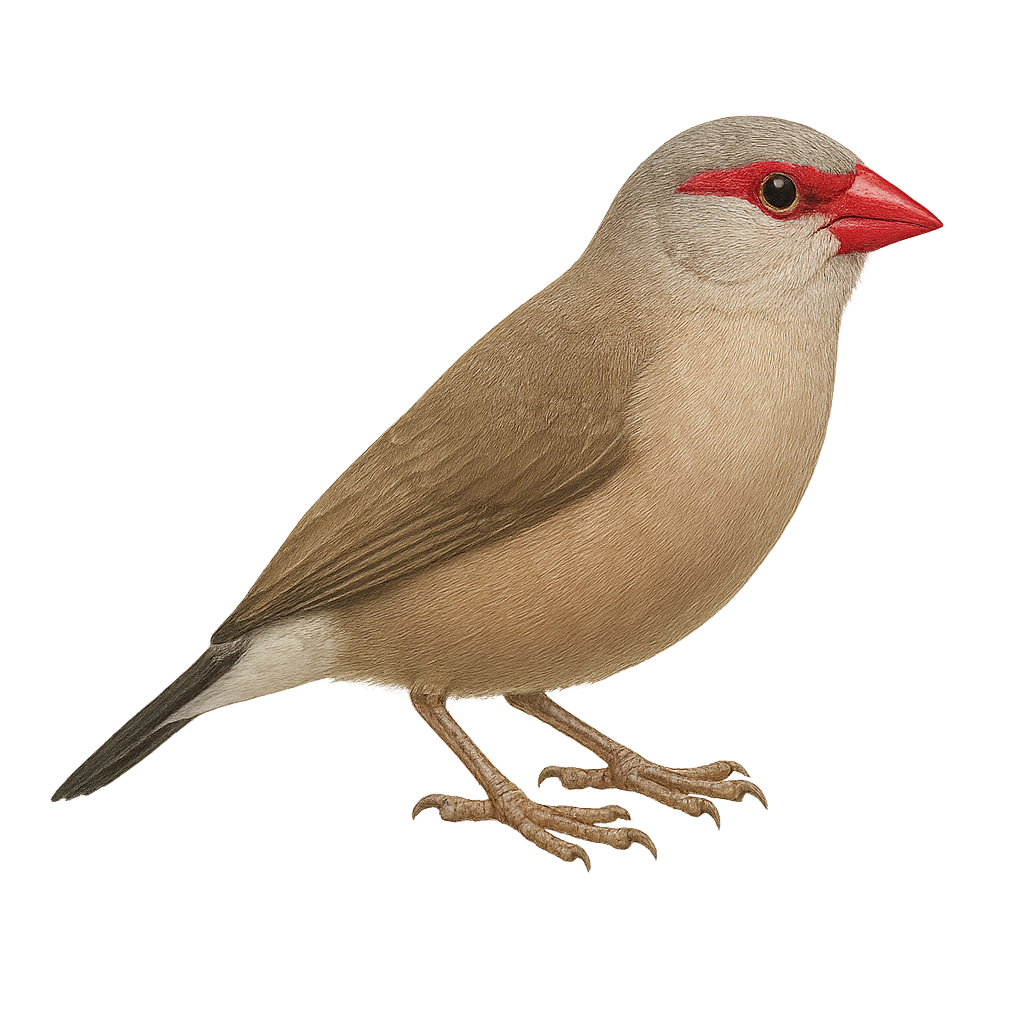Your wildlife photography guide.
Explore the black-cheeked waxbill in detail, study its behavior, prepare your shots.
Where to observe and photograph the black-cheeked waxbill in the wild
Learn where and when to spot the black-cheeked waxbill in the wild, how to identify the species based on distinctive features, and what natural environments it inhabits. The WildlifePhotographer app offers tailored photography tips that reflect the black-cheeked waxbill’s behavior, helping you capture better wildlife images. Explore the full species profile for key information including description, habitat, active periods, and approach techniques.
Black-cheeked Waxbill
Scientific name: Estrilda troglodytes

IUCN Status: Least Concern
Family: ESTRILDIDAE
Group: Birds
Sensitivity to human approach: Suspicious
Minimum approach distance: 5 m
Courtship display: July to October
Incubation: 11-13 jours
Hatchings: July to November
Habitat:
Savannas, grasslands, shrublands
Activity period :
Primarily active during the day, with peak activity in the morning and late afternoon.
Identification and description:
The Estrilda troglodytes, commonly known as the Black-cheeked Waxbill, is a small, brightly colored bird native to sub-Saharan Africa. It is easily recognizable by its black cheeks contrasting with its grey and brown plumage. Measuring about 10 to 12 cm in length, this bird is often seen in small flocks in savannas, grasslands, and shrublands. It primarily feeds on seeds but can also consume small insects. Its song is soft and melodious, often heard at dawn and dusk. Although relatively common in its natural habitat, it is sometimes threatened by habitat destruction and capture for the pet trade.
Recommended lens:
400 mm – adjust based on distance, desired framing (portrait or habitat), and approach conditions.
Photography tips:
To photograph the Black-cheeked Waxbill, it is advisable to use a telephoto lens of at least 400mm to capture detailed images without disturbing the bird. Look for open areas where they often feed on the ground. Be patient and discreet, as these birds can be suspicious. Morning or late afternoon light is ideal to highlight their bright colors.
The WildlifePhotographer App is coming soon!
Be the first to explore the best nature spots, track rutting seasons, log your observations, and observe more wildlife.
Already 1 449 wildlife lovers subscribed worldwide

